
Insights from the West of Ireland
Cassandra Hannahs
“O Fintan,” said the king, “and Ireland, how has it been partitioned, where have things been therein?”
“Easy to say,” said Fintan: “Knowledge in the west, battle in the north, prosperity in the east, music in the south, kingship in the centre.”
-- from “The Settling of the Manor of Tara”
Irish mythology associates the west of Ireland with knowledge, and we are very much in the west today on Inishmore, the largest of the Aran islands in Galway Bay. This afternoon we’ll be standing high above the Atlantic’s edge on the cliffs at Dun Aengus, a windswept prehistoric fortress on the west coast. For now, however, we’re visiting a gentler and more sheltered spot nestled in the hills. It’s a small monastic site which was founded by Saint Brecan and remained a place of learning and pilgrimage for many centuries back when Ireland was renowned in the Middle Ages as a land of saints and scholars. The name itself -- the Seven Churches -- is something of a mystery since there are only two churches here, but that name is modern anyway. The community was known as Dísert Brecán in medieval times: “Brecan’s desert,” evoking the earliest monastic traditions of the desert fathers who withdrew from society to seek God in solitude.
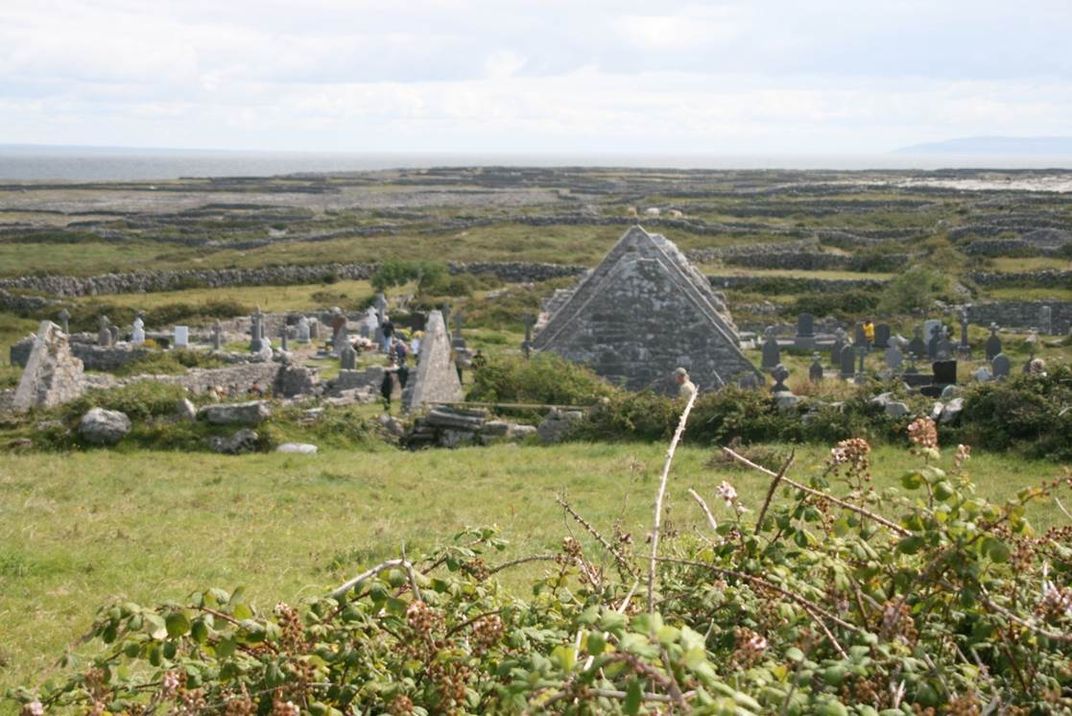
What knowledge do we gain from this place in the west of Ireland? Consider it on two levels like that poem by Seamus Heaney about Saint Kevin. What’s apparent on the surface is that this place is cluttered, literally crowded with the dead. Broken shafts of high crosses with twelfth-century interlace stand guard over graves adorned with photographs, the medieval and the modern meeting in a way that seems very Irish. There are other places to be buried on the island, but this is considered very sacred ground, and so the dead keep squeezing in.
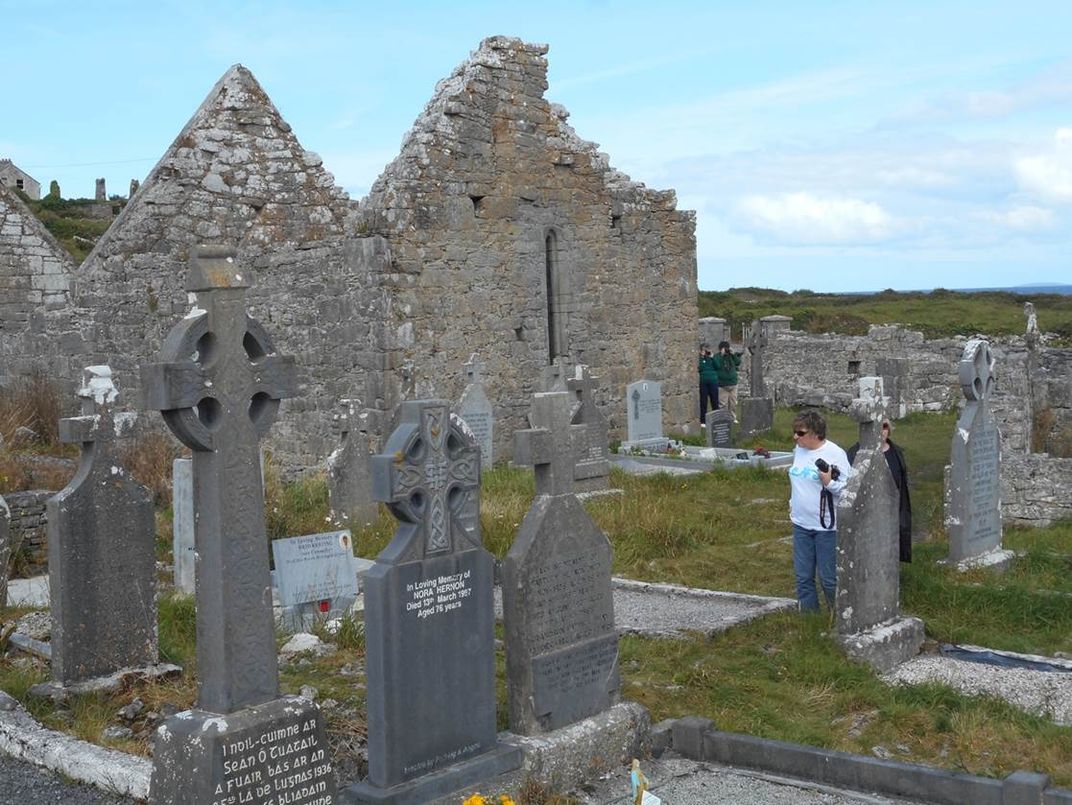
Tradition has it that Saint Brecan came to Inishmore in the fifth or early sixth century, but as we examine the building called Saint Brecan’s church we can tell that most of it belongs to later times. It was also built in several stages: the chancel dates from the thirteenth century but the nave is older, perhaps twelfth-century, and we see on the west gable how a smaller, earlier structure was once enlarged. A lovely round arch now connects the chancel to the nave. A later church and row of dwellings for monks and pilgrims suggest this community flourished throughout the middle ages, which makes sense. As late as 1607 the pope promised plenary indulgences to pilgrims who visited Aran’s churches. All the buildings are in ruins now, however, probably since the 1650’s when Cromwell’s men came to Inishmore.
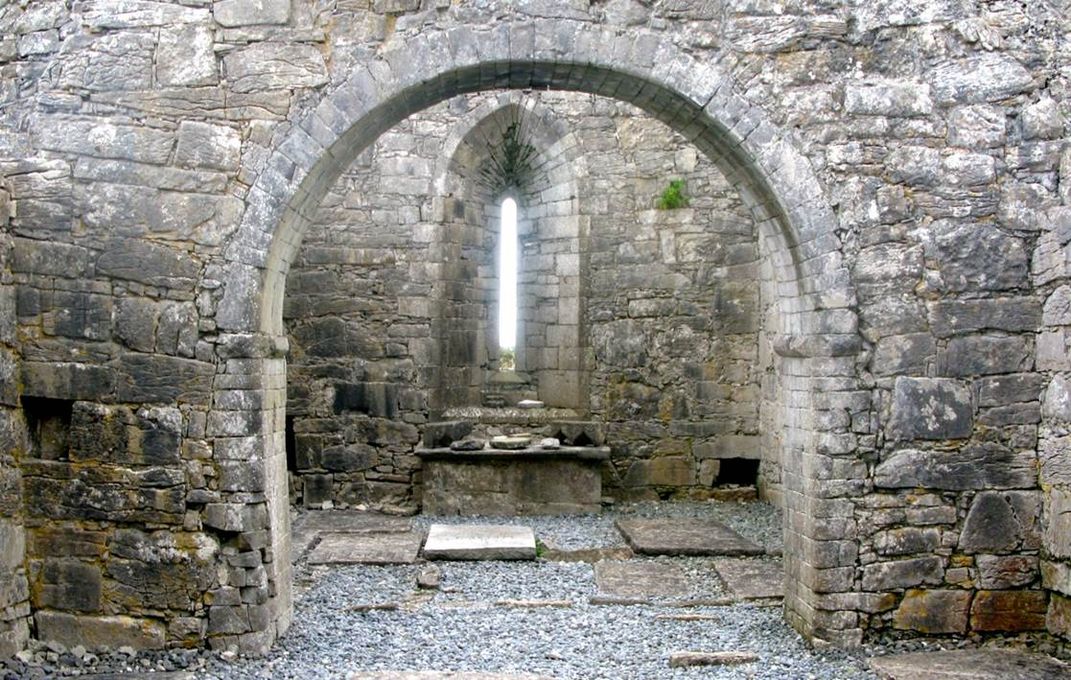
On a deeper more symbolic level we realize that this is a place where normal rules were thought to be suspended. To a certain extent, this was an aspect of medieval Christianity in general. After all, scribes recorded deaths of holy men and women as their birthdates (dies natalis) in the calendars of saints because that was when they went to heaven. This sense of the reversal of life and death is enhanced at the Seven Churches by the tradition of calling the saints’ graves their beds (leabaí). In death the saints were seen as more alive, present both in heaven and at their tombs where those spheres were joined. The strength of this belief at the Seven Churches is attested by the custom of sleeping overnight on one of these grave beds to seek a cure or other spiritual favor. The perception that past and present here are indistinct is also reinforced by the juxtaposition of medieval Celtic crosses and modern ones crowding close together on the lumpy ground.
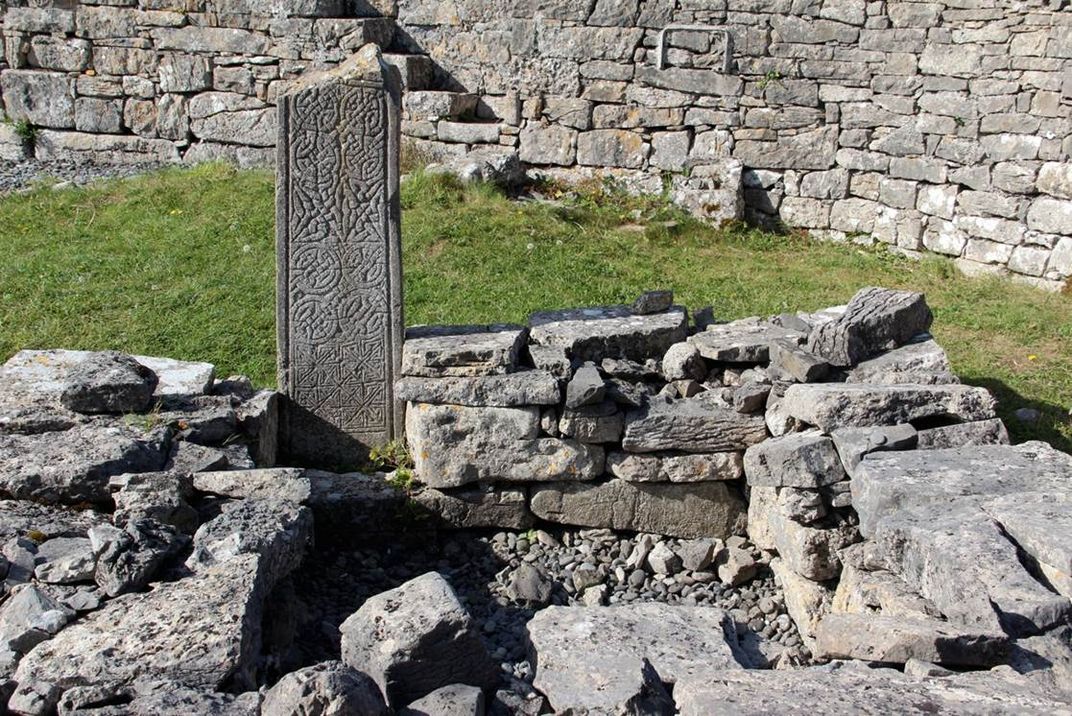
This distinction between the literal and symbolic also applies to our broader experience on this journey. On the face of it, we are here to learn about Ireland’s past and present, to eat and drink and breathe it in. And we’re doing that with gusto. From the museums in Dublin to the walking tours in Galway and Kilkenny, this journey is packed with people and places of Irish history, politics, music, dance, art, food and laughter. We’re passing through landscapes which are lovely and dramatic -- all with stories of their own, and all part of the greater narrative of Ireland that we’re gathering.
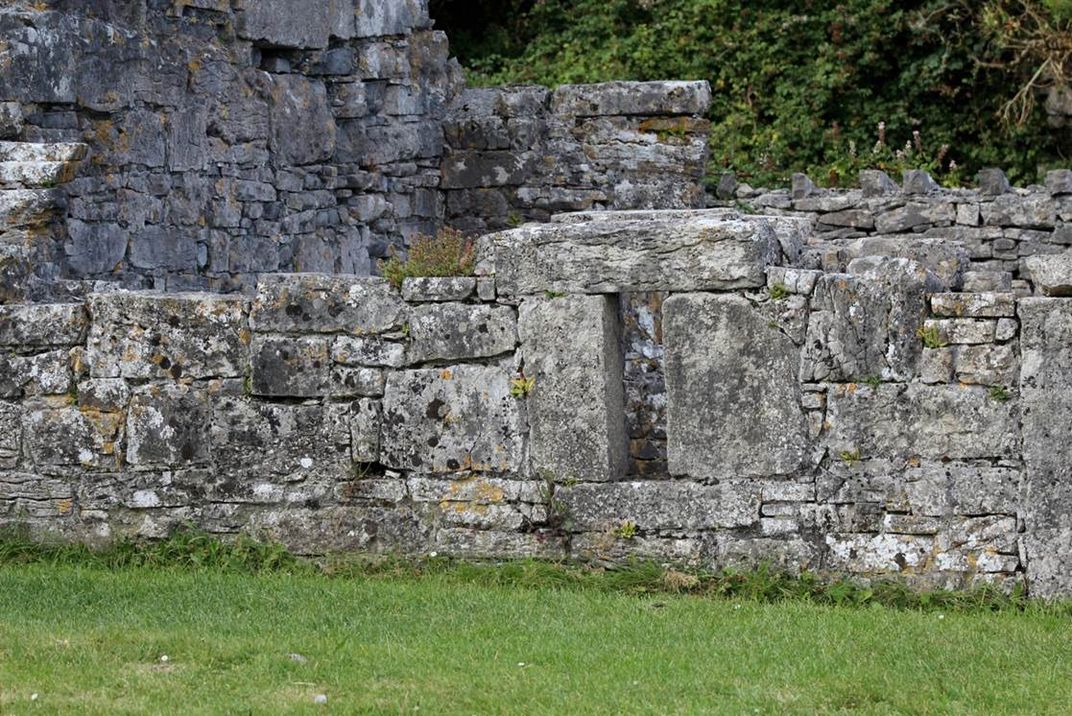
Under the surface of this journey a different kind of knowledge is also being gathered. With our normal lives suspended, traveling creates a space outside of our routines to reflect on things we often put aside or take for granted. Encountering the unfamiliar gives us new insights and perspectives on ourselves and our lives back home. Our group has twenty-two people, about the size of a hunter-gatherer community, the longest-running social unit of humanity. In a deep sense, it feels good to be on a journey with a group this size. Although most of us didn’t know each other a week ago, we had more in common from the outset than a random group of strangers, since we’d all chosen to participate in this particular Smithsonian tour. Traveling with all of you feels a bit like certain honors courses I’ve taught where the hardest working students are there to learn the most they can. Choosing honors, they’ve already self-selected, preferring the quest for more knowledge over easy grades.
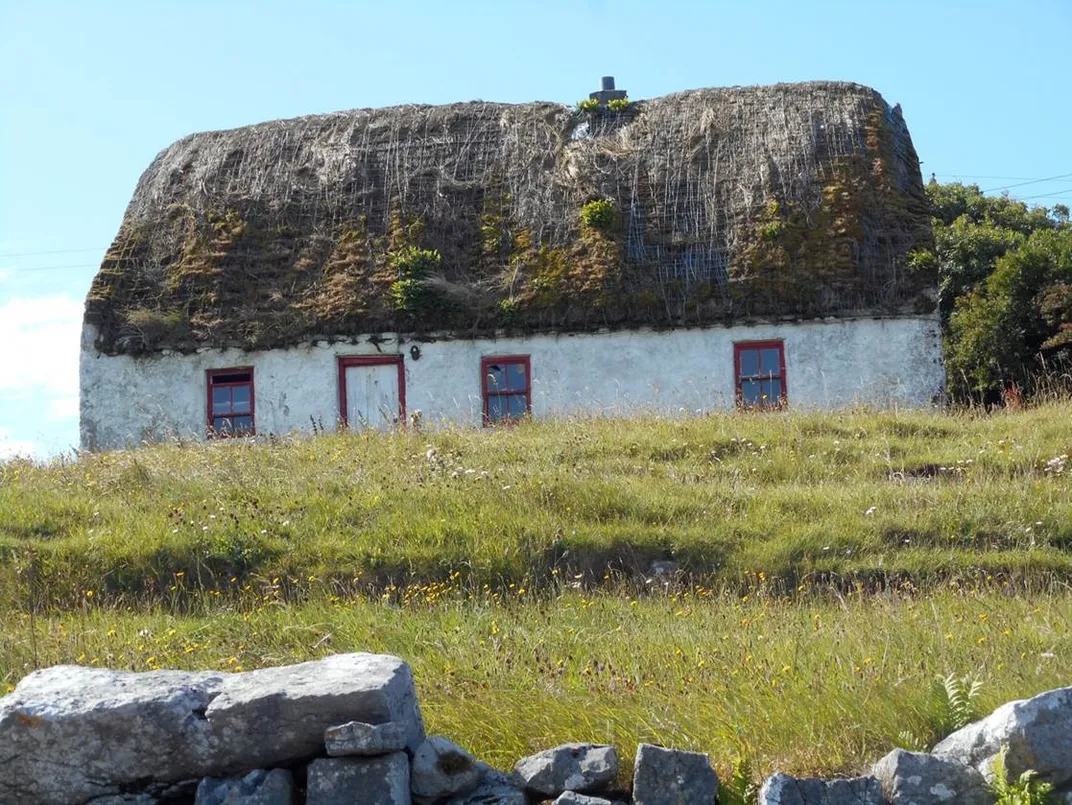
Although we were mostly strangers a week ago, we’ve already formed bonds of friendship through this experience of being together in Ireland. Having thoughtful and experienced professionals handling the details of food, shelter and itinerary frees us to soak up this experience thoroughly and our conversations range broadly, as they can when day-to-day concerns are lifted from our shoulders. Someone comments as we leave the Seven Churches that the best stories are often about journeys: from Gilgamesh to the Odyssey and from Chaucer to Tolkien. The conversation turns to Irish literature, and we talk about The Pursuit of Gruaidh Ghriansholus in which Cúchulainn sails to the Mediterranean to rescue a damsel in distress. He succeeds, of course, and then returns home to Ireland with stories to tell to friends and family. In a little over a week, like Cúchulainn we too will return to friends and family. And we’ll regale them with tales of our adventures here and share the knowledge that we’ve gained not only of Ireland in its past and present, but also of each other and ourselves.
***
For more on our Emerald Isle tour, click here!
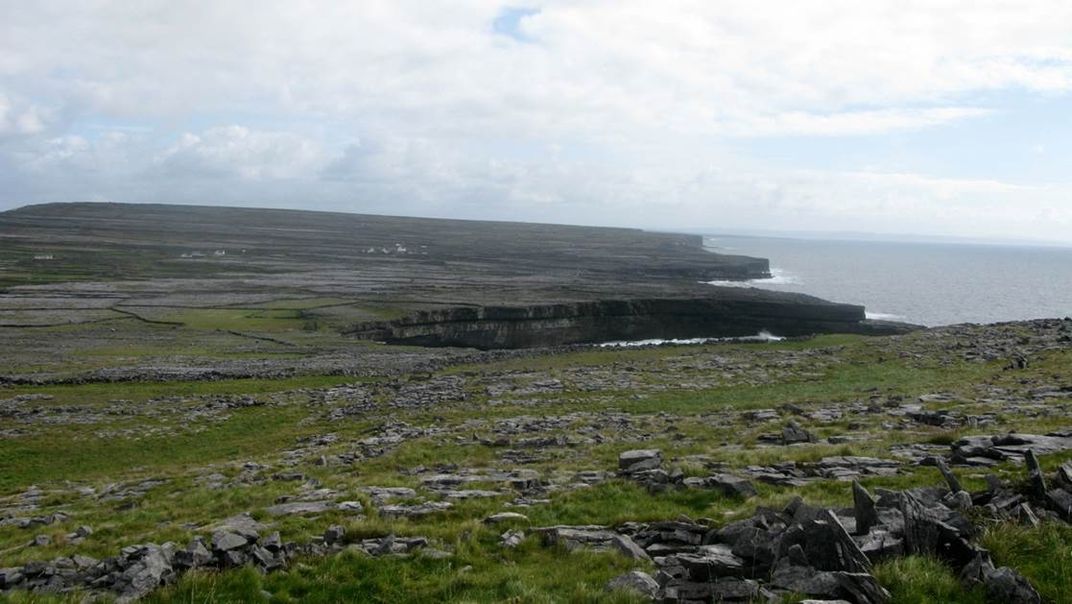

/https://tf-cmsv2-journeys-media.s3.amazonaws.com/journeys/catalog/cover_image/Mar_24_SJ_Cover.jpg)
 Be the First to Know
Be the First to Know